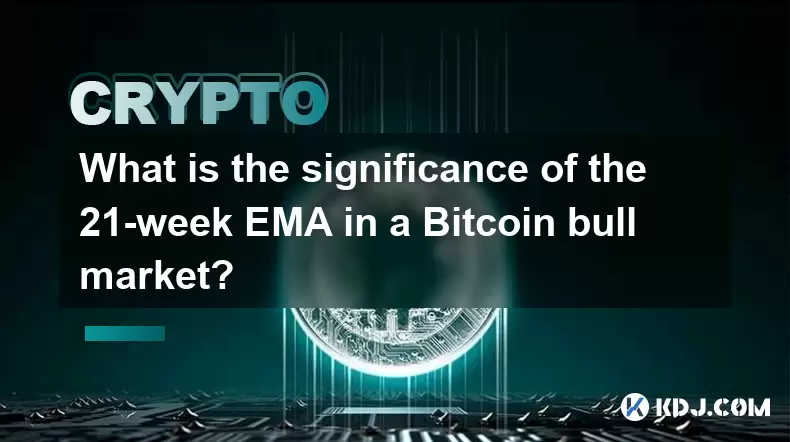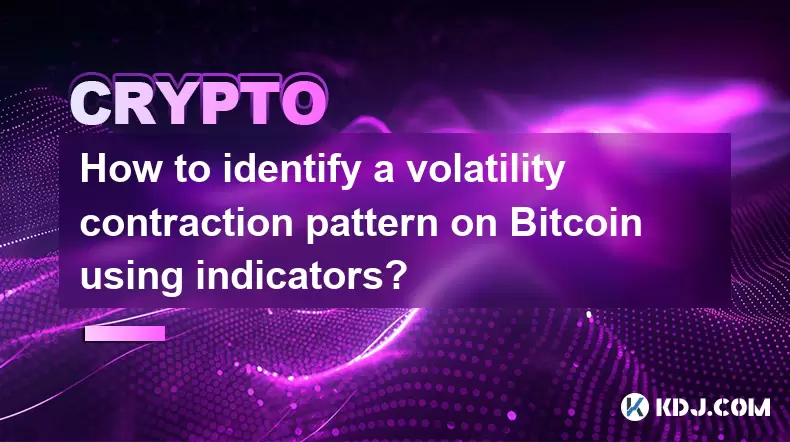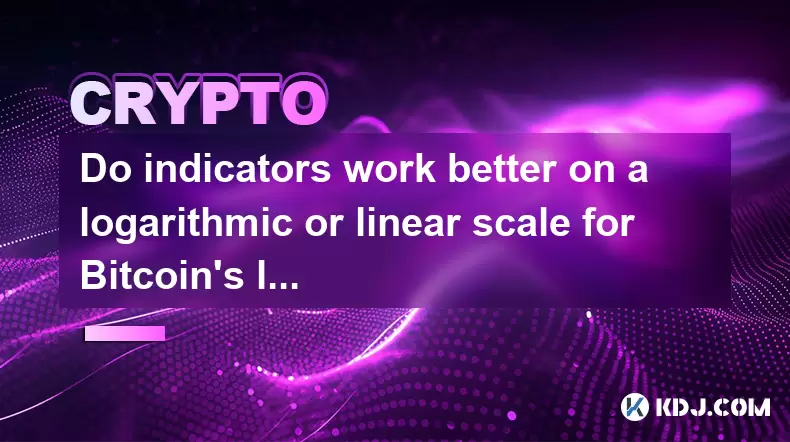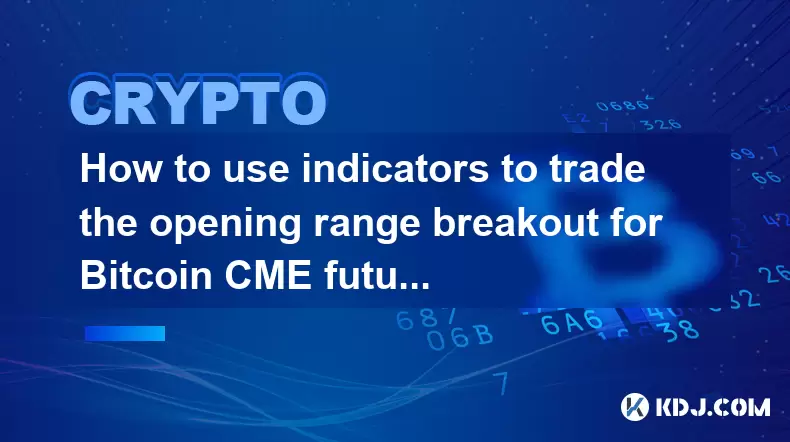-
 Bitcoin
Bitcoin $117900
0.31% -
 Ethereum
Ethereum $3766
0.28% -
 XRP
XRP $3.176
-0.31% -
 Tether USDt
Tether USDt $1.000
0.00% -
 BNB
BNB $795.6
1.51% -
 Solana
Solana $186.8
-1.09% -
 USDC
USDC $0.9999
-0.01% -
 Dogecoin
Dogecoin $0.2353
-1.33% -
 TRON
TRON $0.3226
1.49% -
 Cardano
Cardano $0.8172
-1.08% -
 Sui
Sui $4.178
3.06% -
 Hyperliquid
Hyperliquid $43.05
-3.39% -
 Stellar
Stellar $0.4367
-0.57% -
 Chainlink
Chainlink $18.62
1.47% -
 Hedera
Hedera $0.2828
6.63% -
 Bitcoin Cash
Bitcoin Cash $584.7
5.65% -
 Avalanche
Avalanche $24.81
2.53% -
 Litecoin
Litecoin $112.8
-0.88% -
 UNUS SED LEO
UNUS SED LEO $8.975
-0.08% -
 Shiba Inu
Shiba Inu $0.00001395
-1.07% -
 Toncoin
Toncoin $3.285
-1.05% -
 Ethena USDe
Ethena USDe $1.001
0.01% -
 Polkadot
Polkadot $4.123
0.76% -
 Uniswap
Uniswap $10.49
-0.18% -
 Monero
Monero $326.5
0.14% -
 Dai
Dai $0.9999
-0.02% -
 Bitget Token
Bitget Token $4.576
0.34% -
 Pepe
Pepe $0.00001247
-1.55% -
 Cronos
Cronos $0.1400
3.77% -
 Aave
Aave $295.1
-0.73%
BTC contract profit tactics: moving average support and pressure confirmation
Use moving averages to identify and confirm BTC contract support and resistance levels, enhancing trading decisions and managing risk effectively.
Jun 07, 2025 at 04:15 am

BTC contract profit tactics: moving average support and pressure confirmation
Trading Bitcoin (BTC) contracts can be a lucrative venture, but it requires a solid strategy to consistently achieve profits. One effective approach involves using moving averages to identify support and resistance levels. By confirming these levels, traders can make more informed decisions and increase their chances of success. This article delves into the specifics of using moving averages to confirm support and resistance in BTC contract trading.
Understanding Moving Averages in BTC Trading
Moving averages are a fundamental tool in technical analysis, used to smooth out price data and identify trends over time. In the context of BTC contract trading, moving averages help traders to filter out the noise and focus on the underlying trend. There are two primary types of moving averages commonly used: the Simple Moving Average (SMA) and the Exponential Moving Average (EMA). The SMA calculates the average price over a specific period, while the EMA gives more weight to recent prices, making it more responsive to new information.
To use moving averages effectively, traders often combine different time periods. For instance, a common strategy involves using the 50-day and 200-day moving averages. When the 50-day moving average crosses above the 200-day moving average, it's known as a "golden cross," signaling a potential bullish trend. Conversely, a "death cross" occurs when the 50-day moving average falls below the 200-day moving average, indicating a potential bearish trend.
Identifying Support and Resistance with Moving Averages
Support and resistance levels are crucial in determining entry and exit points for trades. Support is a price level where a downtrend can be expected to pause due to a concentration of demand, while resistance is a price level where an uptrend can be expected to pause due to a concentration of supply. Moving averages can help identify these levels by acting as dynamic support and resistance.
For instance, if the price of BTC is consistently bouncing off a specific moving average, such as the 50-day SMA, this moving average can be considered a support level. Conversely, if the price consistently fails to break above a moving average, such as the 200-day SMA, this moving average can be considered a resistance level. By observing how the price interacts with these moving averages, traders can gain insights into potential support and resistance levels.
Confirming Support and Resistance Levels
Confirming support and resistance levels is crucial to avoid false signals and increase the reliability of trading decisions. One way to confirm these levels is by observing multiple moving averages. If the price of BTC consistently respects both the 50-day and 200-day moving averages as support or resistance, this increases the confidence in these levels.
Another method involves looking at volume. High trading volume at a particular moving average can confirm its significance as a support or resistance level. For example, if the price of BTC approaches the 50-day SMA and there is a significant increase in volume, this could indicate strong buying or selling pressure at that level, confirming its role as support or resistance.
Additionally, traders can use other technical indicators, such as the Relative Strength Index (RSI) or the Moving Average Convergence Divergence (MACD), to confirm support and resistance levels. If these indicators show overbought or oversold conditions at a moving average, it can further validate the level as a potential turning point for the price.
Practical Application of Moving Average Support and Resistance
Applying moving average support and resistance in BTC contract trading involves several steps. Here's a detailed guide on how to implement this strategy:
Choose the appropriate moving averages: Select the moving averages that best suit your trading style. For short-term trading, consider using shorter periods like the 10-day or 20-day moving averages. For longer-term trading, the 50-day and 200-day moving averages are often more effective.
Identify potential support and resistance levels: Monitor the price of BTC and observe how it interacts with the chosen moving averages. If the price consistently bounces off a moving average, consider it a potential support or resistance level.
Confirm the levels: Use multiple moving averages and other technical indicators to confirm the identified support and resistance levels. Look for high volume and overbought or oversold conditions at these levels to increase confidence in their validity.
Plan your trades: Once you have confirmed support and resistance levels, plan your entry and exit points accordingly. For example, if the price of BTC is approaching a confirmed support level, consider entering a long position with a stop-loss just below the support level. If the price is approaching a confirmed resistance level, consider entering a short position with a stop-loss just above the resistance level.
Monitor and adjust: Continuously monitor the price of BTC and adjust your trades as needed. If the price breaks through a confirmed support or resistance level, reassess your strategy and consider closing or adjusting your positions.
Case Study: Applying Moving Average Support and Resistance in BTC Trading
To illustrate the practical application of this strategy, let's consider a hypothetical scenario. Suppose the price of BTC is currently trading at $30,000, and it has been consistently bouncing off the 50-day SMA, which is at $28,000. The 200-day SMA is at $25,000, and the price has not tested this level recently.
Identify potential support: The 50-day SMA at $28,000 appears to be a strong support level, as the price has bounced off it multiple times.
Confirm the support level: The volume at the 50-day SMA has been high, indicating strong buying pressure at this level. Additionally, the RSI is showing oversold conditions when the price approaches the 50-day SMA, further confirming its role as support.
Plan the trade: Based on the confirmed support level, a trader might decide to enter a long position at $28,500, with a stop-loss just below the 50-day SMA at $27,800. The target could be set at the next resistance level, which might be the recent high of $32,000.
Monitor and adjust: As the price of BTC moves, the trader should monitor the 50-day and 200-day SMAs. If the price breaks below the 50-day SMA, it might be necessary to close the position or adjust the stop-loss to minimize losses.
Risk Management and Position Sizing
While using moving averages to confirm support and resistance can enhance trading decisions, it's essential to incorporate risk management and position sizing into your strategy. Risk management involves setting appropriate stop-loss levels to limit potential losses, while position sizing determines how much capital to allocate to each trade.
For example, if a trader has a $10,000 trading account and decides to risk 2% of the account on each trade, the maximum loss per trade would be $200. If the entry price for a long position is $28,500 and the stop-loss is set at $27,800, the risk per contract would be $700 ($28,500 - $27,800). To keep the risk within the 2% limit, the trader should only trade 0.285 contracts ($200 / $700).
By adhering to strict risk management and position sizing rules, traders can protect their capital and increase their chances of long-term success in BTC contract trading.
Frequently Asked Questions
Q1: Can moving averages be used effectively in highly volatile markets like BTC?
A1: Yes, moving averages can still be effective in volatile markets, but traders may need to adjust the time periods to suit the market conditions. Shorter moving averages, such as the 10-day or 20-day, can be more responsive to rapid price changes, while longer moving averages, like the 50-day or 200-day, can provide a broader view of the trend.
Q2: How often should I adjust my moving averages in BTC trading?
A2: The frequency of adjusting moving averages depends on your trading strategy and time frame. For short-term traders, daily or even hourly adjustments might be necessary to stay aligned with the latest market trends. Long-term traders might adjust their moving averages weekly or monthly to capture broader trends.
Q3: Are there any other indicators that can complement moving averages in confirming support and resistance?
A3: Yes, several other indicators can complement moving averages. The Relative Strength Index (RSI) can help identify overbought or oversold conditions, while the Moving Average Convergence Divergence (MACD) can provide additional confirmation of trend changes. Bollinger Bands can also be used to gauge volatility and potential breakouts from support and resistance levels.
Q4: How can I avoid false signals when using moving averages to confirm support and resistance?
A4: To avoid false signals, it's crucial to use multiple moving averages and other technical indicators for confirmation. Additionally, consider the volume at support and resistance levels, as high volume can indicate strong buying or selling pressure. Always use stop-loss orders to manage risk and protect against unexpected market movements.
Disclaimer:info@kdj.com
The information provided is not trading advice. kdj.com does not assume any responsibility for any investments made based on the information provided in this article. Cryptocurrencies are highly volatile and it is highly recommended that you invest with caution after thorough research!
If you believe that the content used on this website infringes your copyright, please contact us immediately (info@kdj.com) and we will delete it promptly.
- Bitcoin, Ruvi AI, and CoinMarketCap: Navigating the Future of Crypto
- 2025-07-28 02:30:12
- Dogwifhat (WIF) Eyes Bullish Breakout: Can It Breach $1.20?
- 2025-07-28 02:50:12
- Bitcoin Bounces: How the US-China Tariff Truce Impacts Crypto
- 2025-07-28 02:50:12
- Bitcoin Bull Market: Price Targets and Expert Takes
- 2025-07-28 02:30:12
- Cardano Price Rockets: ADA Jumps Past Resistance, $2 Target in Sight?
- 2025-07-28 01:30:14
- Ruvi AI: The Next Solana? Riding the AI Token Wave on CoinMarketCap
- 2025-07-28 00:50:16
Related knowledge

What is the significance of the 21-week EMA in a Bitcoin bull market?
Jul 10,2025 at 06:56pm
Understanding the 21-Week EMA in Cryptocurrency AnalysisThe 21-week Exponential Moving Average (EMA) is a technical indicator widely used by traders a...

How to identify a volatility contraction pattern on Bitcoin using indicators?
Jul 07,2025 at 07:28am
What is a Volatility Contraction Pattern in Bitcoin Trading?A volatility contraction pattern refers to a phase where the price movement of an asset, s...

Do indicators work better on a logarithmic or linear scale for Bitcoin's long-term chart?
Jul 08,2025 at 01:42pm
Understanding Chart Scales in Cryptocurrency TradingIn cryptocurrency trading, particularly for analyzing Bitcoin's long-term trends, chart scales pla...

What is the Woodies CCI indicator and can it be used for Bitcoin?
Jul 04,2025 at 05:14pm
Understanding the Woodies CCI IndicatorThe Woodies CCI indicator is a variation of the traditional Commodity Channel Index (CCI), which was originally...

How to use indicators to trade the opening range breakout for Bitcoin CME futures?
Jul 05,2025 at 07:35pm
What Is the Opening Range Breakout Strategy?The opening range breakout (ORB) strategy is a popular trading technique used in both traditional markets ...

How to use the Relative Vigor Index (RVI) for Bitcoin trading?
Jul 07,2025 at 02:00pm
Understanding the Relative Vigor Index (RVI)The Relative Vigor Index (RVI) is a technical analysis tool used to assess the strength of price movements...

What is the significance of the 21-week EMA in a Bitcoin bull market?
Jul 10,2025 at 06:56pm
Understanding the 21-Week EMA in Cryptocurrency AnalysisThe 21-week Exponential Moving Average (EMA) is a technical indicator widely used by traders a...

How to identify a volatility contraction pattern on Bitcoin using indicators?
Jul 07,2025 at 07:28am
What is a Volatility Contraction Pattern in Bitcoin Trading?A volatility contraction pattern refers to a phase where the price movement of an asset, s...

Do indicators work better on a logarithmic or linear scale for Bitcoin's long-term chart?
Jul 08,2025 at 01:42pm
Understanding Chart Scales in Cryptocurrency TradingIn cryptocurrency trading, particularly for analyzing Bitcoin's long-term trends, chart scales pla...

What is the Woodies CCI indicator and can it be used for Bitcoin?
Jul 04,2025 at 05:14pm
Understanding the Woodies CCI IndicatorThe Woodies CCI indicator is a variation of the traditional Commodity Channel Index (CCI), which was originally...

How to use indicators to trade the opening range breakout for Bitcoin CME futures?
Jul 05,2025 at 07:35pm
What Is the Opening Range Breakout Strategy?The opening range breakout (ORB) strategy is a popular trading technique used in both traditional markets ...

How to use the Relative Vigor Index (RVI) for Bitcoin trading?
Jul 07,2025 at 02:00pm
Understanding the Relative Vigor Index (RVI)The Relative Vigor Index (RVI) is a technical analysis tool used to assess the strength of price movements...
See all articles

























































































